Quebec’s Indigenous Peoples have a rich history that dates back thousands of years. The First Nations have unique traditions and customs that have been passed down from generation to generation. Unfortunately, many of their languages and dialects are endangered and at risk of being lost forever. However, efforts are being made to preserve these languages and the traditional arts and crafts of the First Nations. In recent years, there has also been a growing interest in First Nations cuisine and tourism, providing an opportunity for Indigenous communities to share their culture and heritage with the world. Despite these positive developments, Indigenous communities still face challenges in terms of empowerment and self-determination. In this article, we will explore the past, present, and future of Quebec’s Indigenous Peoples, celebrating their heritage while also examining the challenges they continue to face.
The Rich History of Quebec’s Indigenous Peoples
Quebec’s Indigenous Peoples have a rich history that dates back thousands of years. The First Nations of Quebec, including the Innu, Atikamekw, Cree, and Mohawk, have inhabited the land for generations and have a deep connection to their ancestral territories. Their history is one of resilience and adaptation in the face of colonization and assimilation. Despite the challenges they have faced, Indigenous communities in Quebec have preserved their cultures and traditions through storytelling, song, dance, and ceremony. They have also maintained a strong connection to the land and its resources, which are integral to their way of life. The history of Quebec’s Indigenous Peoples is complex and multifaceted. It includes stories of conflict and cooperation with European settlers, as well as periods of forced relocation and assimilation. However, it is also a story of survival and resistance against colonialism. Today, Indigenous communities in Quebec continue to fight for their rights and recognition as sovereign nations. They are working to preserve their languages, cultures, and traditions while also forging new paths for economic development and political empowerment. The rich history of Quebec’s Indigenous Peoples is an important part of the province’s heritage and a reminder of the ongoing struggles for justice and equality faced by Indigenous communities across Canada.
Uncovering the Unique Traditions and Customs of First Nations
Uncovering the unique traditions and customs of Quebec’s First Nations is a vital part of preserving their culture and heritage. These traditions and customs have been passed down from generation to generation, but many are at risk of being lost due to the impacts of colonization and modernization. One way that these traditions are being preserved is through oral history, where elders pass on stories, songs, and teachings to younger generations. This not only ensures the preservation of cultural knowledge but also strengthens intergenerational bonds within Indigenous communities.
Another important aspect of uncovering First Nations’ traditions and customs is through the revitalization of traditional practices such as hunting, fishing, and gathering. These activities were once essential for survival but have been replaced by modern practices in many communities. By reintroducing these practices, First Nations are reclaiming their connection to the land and passing on valuable skills and knowledge to future generations.
Ceremonies and festivals are also an essential part of First Nations’ traditions and customs. These events provide an opportunity for Indigenous peoples to come together, celebrate their culture, and share their traditions with others. They also play a crucial role in maintaining a sense of community and belonging among Indigenous peoples.
In conclusion, uncovering the unique traditions and customs of Quebec’s First Nations is critical in preserving their culture and heritage. By passing on oral histories, revitalizing traditional practices, and celebrating ceremonies and festivals, Indigenous communities can ensure that their rich cultural heritage continues to thrive for generations to come.
Preserving the Endangered Languages and Dialects of Quebec’s First Nations
Preserving the endangered languages and dialects of Quebec’s First Nations is an important task to ensure that the cultural heritage of these communities is not lost. According to UNESCO, there are currently 34 indigenous languages in Canada, and 70% of them are considered endangered. In Quebec, there are 11 First Nations languages, including Cree, Inuktitut, and Mohawk. These languages are part of the identity and history of these communities, and preserving them is crucial for their cultural survival.
Several initiatives have been taken to preserve these languages. For instance, the First Nations Education Council has developed a language and culture program that aims to teach First Nations languages in schools. The program includes language immersion camps, teacher training, and resources for language learning. Additionally, the Quebec government has implemented measures to support language preservation efforts, such as funding for language programs and initiatives to document and digitize endangered languages.
However, there are still challenges to preserving these languages. One of the biggest challenges is the lack of fluent speakers. Many younger generations have not grown up speaking their native language due to assimilation policies in the past. Moreover, there is a need for more resources and funding to support language revitalization efforts.
In conclusion, preserving the endangered languages and dialects of Quebec’s First Nations is crucial for the cultural survival of these communities. While there have been efforts to preserve these languages, more needs to be done to ensure their survival for future generations.
Traditional Arts and Crafts: A Window into the Culture of Quebec’s Indigenous Peoples
Traditional arts and crafts are an essential aspect of the culture of Quebec’s Indigenous Peoples. The First Nations communities have passed down their knowledge of crafting to generations, ensuring that their unique skills and techniques remain alive. Indigenous arts and crafts in Quebec include beadwork, basketry, quillwork, and birch bark biting. Birch bark biting is a rare form of art that involves creating intricate designs by biting into folded pieces of birch bark. The art is unique to the Algonquin people and is now considered a dying art form.
Indigenous arts and crafts in Quebec not only represent the culture of the First Nations communities but also provide a source of income for many Indigenous artisans. Many Indigenous artists have turned their skills into thriving businesses, selling their artwork to tourists and collectors worldwide. The traditional arts and crafts also serve as a way for Indigenous people to express their identity, heritage, and spirituality.
One of the most iconic examples of Indigenous art in Quebec is the snowshoe. Snowshoes were invented by the Indigenous Peoples of North America and were used as a means of transportation in snowy regions. Today, they are often used for recreational purposes and are decorated with intricate beadwork and quillwork.
In conclusion, traditional arts and crafts are an essential part of Quebec’s Indigenous Peoples’ culture, providing a window into their traditions and way of life. They also serve as a means of economic empowerment for many Indigenous artisans while preserving endangered art forms such as birch bark biting. By supporting Indigenous artists and craftsmen, we can help preserve their culture and traditions for future generations to appreciate and admire.
Culinary Delights: Savouring the Flavours of First Nations Cuisine
Quebec’s Indigenous Peoples have a rich culinary heritage that has been passed down through generations. The traditional cuisine of the First Nations is known for its unique flavours and ingredients, which reflect the natural resources of the land. For example, wild game, fish, and berries are commonly used in First Nations dishes. One popular dish is bannock, a type of bread that can be baked or fried and served with various toppings. Another well-known dish is pemmican, a mixture of dried meat, berries, and fat that was traditionally used as a source of energy during long journeys. Indigenous cuisine has also been influenced by European and other cultural traditions over time.
Today, there is a growing interest in First Nations cuisine among chefs and food enthusiasts in Quebec. Restaurants such as Montreal’s Joe Beef have incorporated Indigenous ingredients into their menus. In addition, Indigenous-owned restaurants and food trucks have emerged in cities across Quebec, offering a taste of traditional cuisine to locals and tourists alike.
However, there are also challenges to preserving and promoting First Nations cuisine. Many traditional ingredients are difficult to source, and some traditional practices such as hunting and fishing face regulatory restrictions. In addition, there is a need for greater recognition and support for Indigenous food sovereignty.
Despite these challenges, the culinary heritage of Quebec’s Indigenous Peoples continues to be celebrated and shared. By savouring the flavours of First Nations cuisine, we can gain a deeper understanding and appreciation for the culture and traditions of Quebec’s Indigenous communities.
First Nations Tourism: Discovering the Beauty of Quebec’s Natural Wonders
Quebec’s Indigenous Peoples have a deep connection with the natural world, and First Nations tourism offers visitors an opportunity to experience the beauty of Quebec’s natural wonders through the lens of Indigenous culture. Visitors can embark on guided tours led by knowledgeable Indigenous guides who share their cultural knowledge and stories about the land. For instance, at the Innu community of Uashat mak Mani-Utenam, visitors can take part in a traditional caribou hunt or enjoy a guided tour of the Nitassinan (Innu territory) to learn about the history, traditions and way of life of this First Nation. The Cree Nation offers guided tours of the James Bay area, showcasing its unique flora and fauna, as well as its fascinating history and culture. Visitors can also take part in activities such as canoeing, fishing and camping in the traditional territories of the Cree Nation. The Huron-Wendat Nation near Quebec City offers visitors a glimpse into their rich history and culture through various activities such as visiting their longhouse, participating in traditional dances, and learning about medicinal plants used in Indigenous healing practices. Finally, visitors can explore the vast wilderness of Nunavik with the Inuit people, who offer cultural tours that highlight their traditional hunting and fishing practices, as well as their unique way of life in one of Canada’s most remote regions. By taking part in First Nations tourism, visitors not only discover the beauty of Quebec’s natural wonders but also gain a deeper understanding and appreciation for Indigenous cultures and traditions.
Empowering Indigenous Communities: The Challenges and Opportunities Ahead
Empowering Indigenous communities in Quebec is a complex and ongoing challenge that requires the involvement of various stakeholders. Despite the efforts made by the government and Indigenous organizations, many communities still face significant social and economic barriers that prevent them from achieving self-determination and prosperity. The legacy of colonialism, residential schools, and forced assimilation has left deep scars on Indigenous peoples, which continue to affect their well-being and sense of identity. Furthermore, the lack of access to quality education, healthcare, housing, and employment opportunities exacerbates the marginalization and poverty experienced by many Indigenous communities.
However, there are also opportunities for positive change and empowerment. Many Indigenous communities have developed innovative solutions to address their unique needs and aspirations, such as revitalizing their traditional knowledge and practices, promoting sustainable development, and building partnerships with non-Indigenous allies. The recognition of Indigenous rights and title by the Canadian government has also opened up new avenues for self-governance and economic development. The Truth and Reconciliation Commission’s Calls to Action provide a roadmap for addressing the historical injustices suffered by Indigenous peoples and advancing reconciliation between Indigenous and non-Indigenous peoples.
In order to empower Indigenous communities in Quebec, it is crucial to listen to their voices and respect their autonomy and diversity. This requires meaningful consultation, collaboration, and co-management with Indigenous leaders and organizations at all levels of decision-making. It also entails investing in capacity-building initiatives that support the education, training, entrepreneurship, and cultural revitalization of Indigenous peoples. By working together towards a shared vision of empowerment and sustainability, Quebec’s Indigenous peoples can build a brighter future for themselves and future generations.
As we celebrate the rich heritage of Quebec’s Indigenous Peoples and look towards empowering their future, it is important to acknowledge the challenges that lie ahead. From preserving endangered languages to addressing systemic barriers, there is much work to be done. However, by embracing and promoting Indigenous culture and traditions, as well as supporting initiatives that empower Indigenous communities, we can pave the way for a brighter future. It is crucial that we continue to engage in meaningful dialogue with Indigenous Peoples and work towards reconciliation. As readers, we must also reflect on our own understanding of Indigenous history and culture, and how we can contribute to a more equitable society. Let us all take action towards creating a better future for Quebec’s Indigenous Peoples.

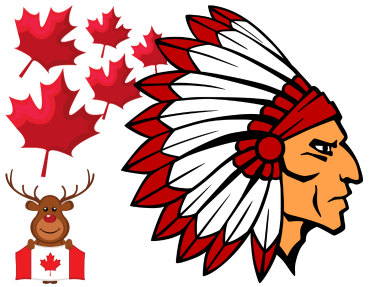
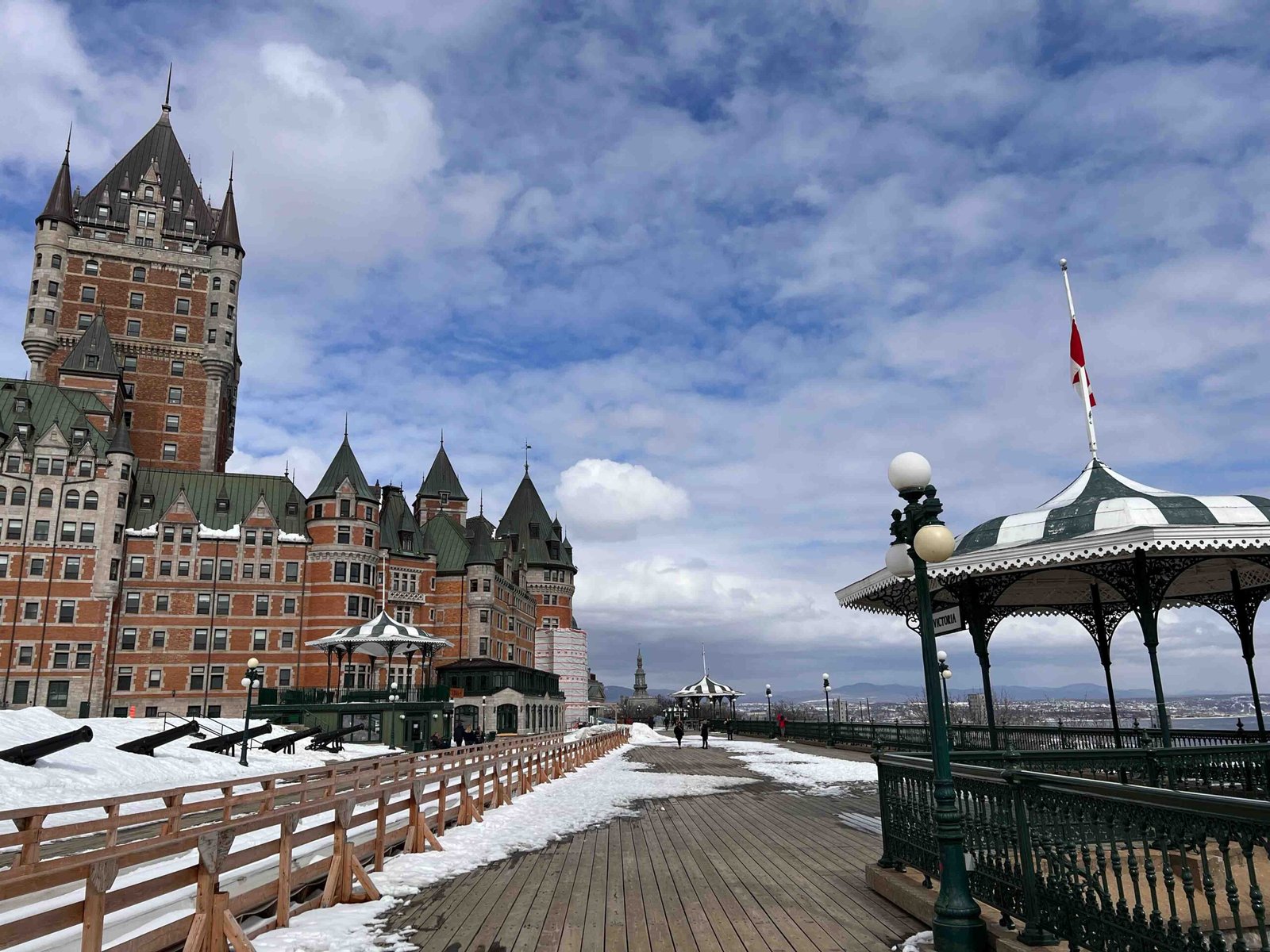
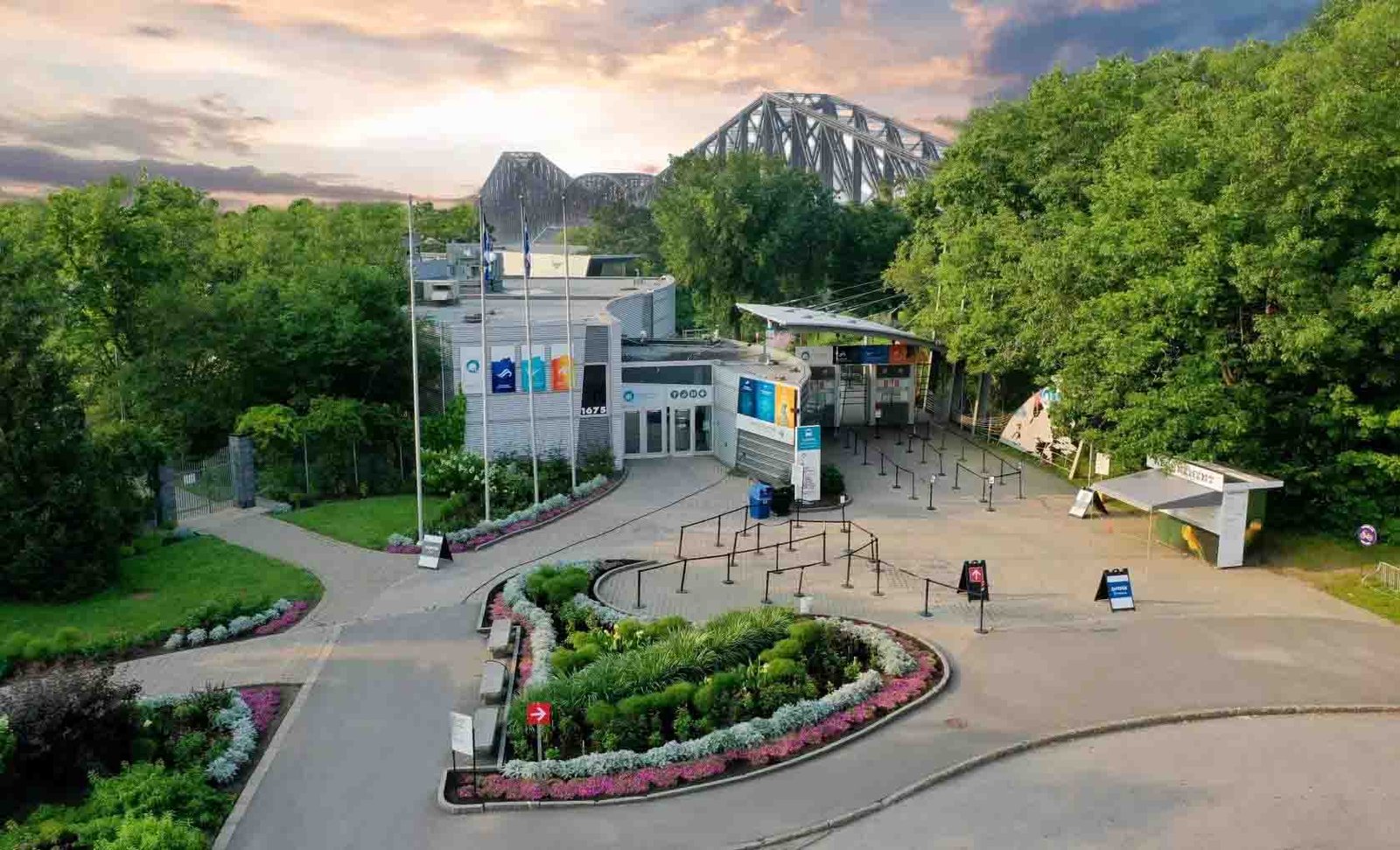
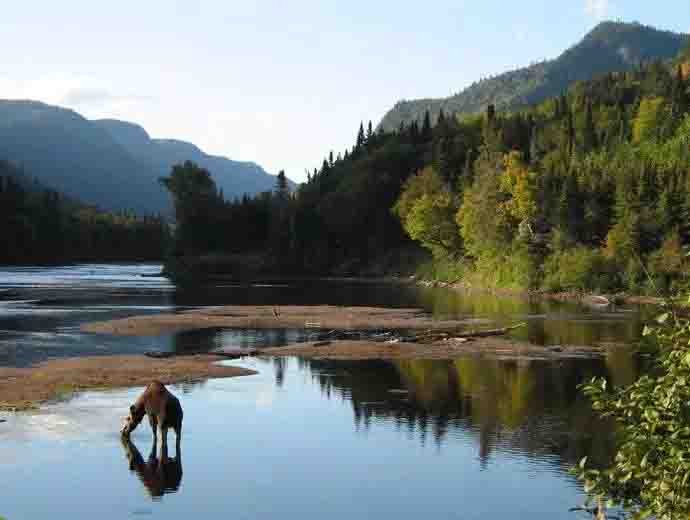
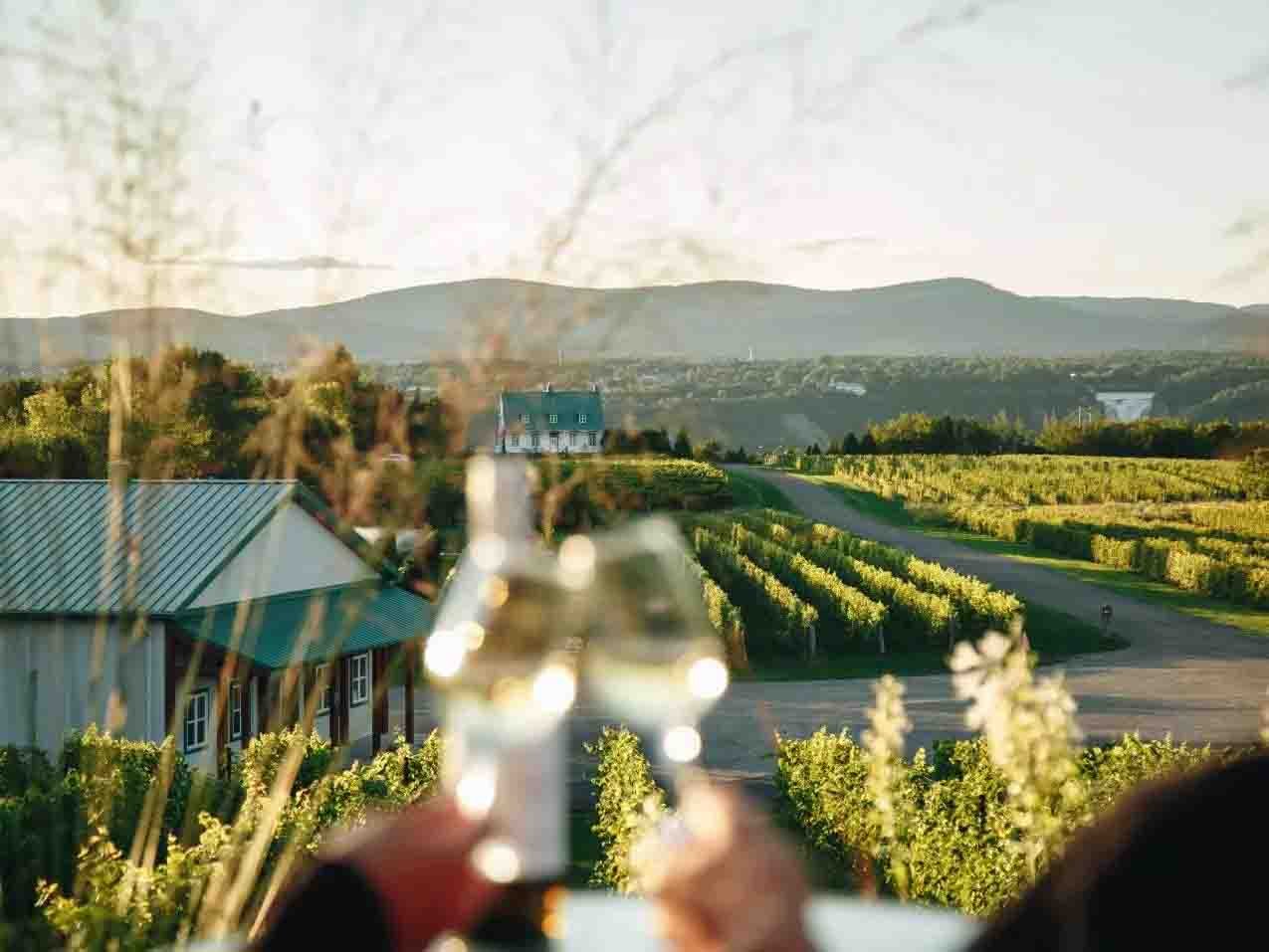
Leave a Reply